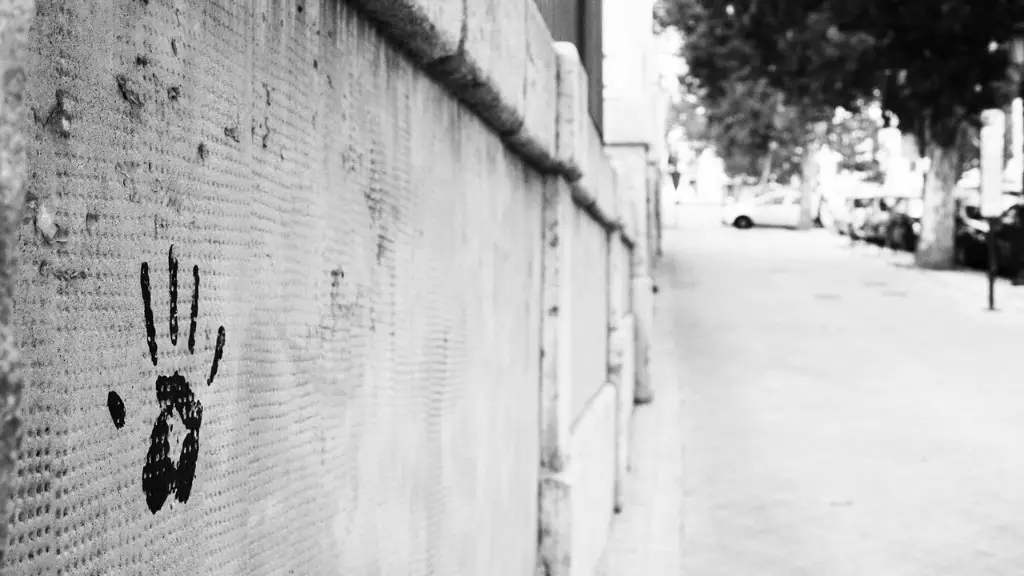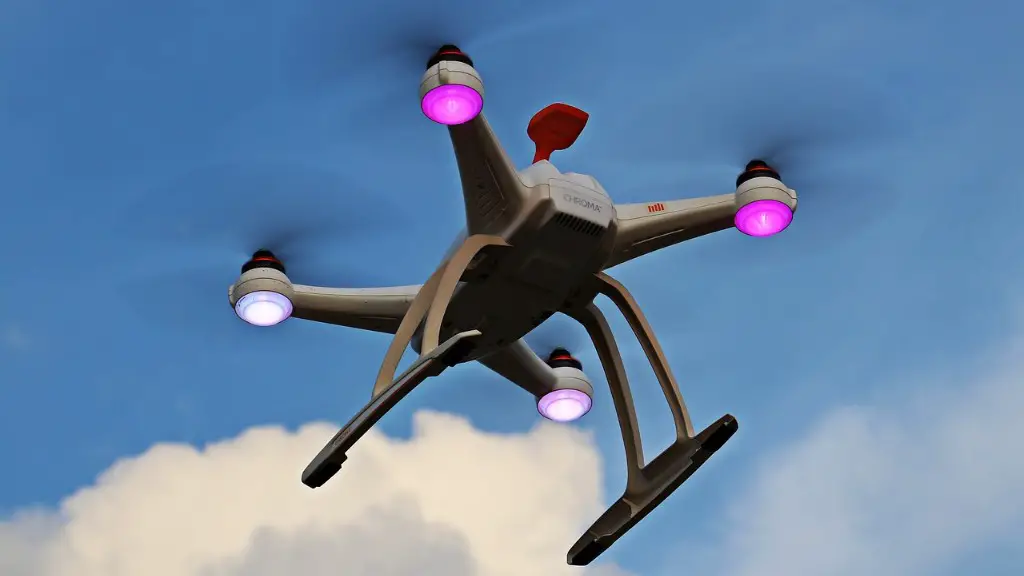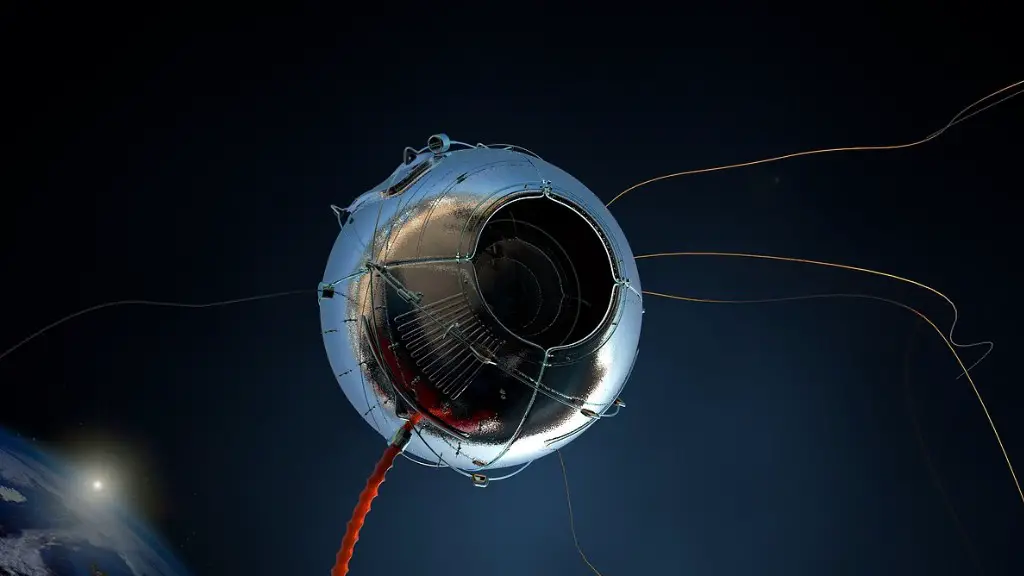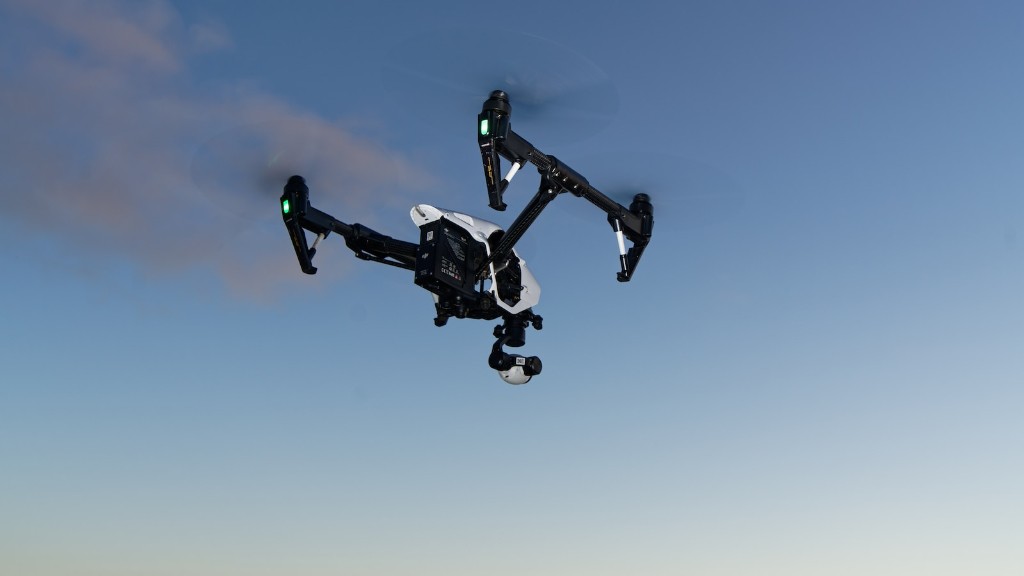From its humble beginnings as the Cheka, to its rise as the KGB, the history of the Russian secret police is one of power and intrigue. Founded in 1917 to protect the Bolshevik Revolution, the Cheka quickly became a tool of terror, carrying out mass executions and deportations. In 1954, the Cheka was renamed the KGB, and under the leadership of Yuri Andropov, the KGB became one of the most powerful and feared organizations in the world.
The KGB was formed in 1954, when the Soviet Union’s security agencies were merged into a single organization. The agency’s primary function was to protect the Soviet state from internal and external threats.
What was the KGB formed after?
The KGB was formed in 1954 after the fall of Beria. Secretary Leonid Brezhnev overthrew Premier Nikita Khrushchev in 1964, which led to a restructuring of the MVD. The KGB was abolished in 1991.
The KGB’s primary domestic function was to protect the leaders of the Communist Party within the Soviet Union, and thus maintain political order. The KGB also worked to infiltrate and disrupt any potential opposition to the Party, both inside and outside of the Soviet Union.
What is the KGB and why was it so feared
The KGB was the Soviet Union’s secret police force. It was created in 1954 and was dissolved in 1991. It was feared because it was responsible for carrying out the government’s policies of repression and terror.
The KGB, also known as the Committee for State Security, was the main security agency for the Soviet Union from 1954 until its dissolution in 1991. The agency was a part of the Soviet Union’s government but was answerable only to the Communist Party, not the government itself.
Was KGB a secret police?
The KGB was the largest secret-police and foreign-intelligence organization in the world at its peak. Researchers with access to Communist Party archives put the number of KGB personnel at more than 480,000, including 200,000 soldiers in the Border Guards.
The KGB was the largest secret-police and foreign-intelligence organization in the world at its peak. Researchers with access to Communist Party archives put the number of KGB personnel at more than 480,000, including 200,000 soldiers in the Border Guards.
How did the KGB recruit spies?
Kompromat is a Russian term for compromising material. This can be used to recruit people into the KGB on a patriotic basis. By offering them material gain or collecting compromising material about them, the recruitment process can be made easier.
GRU was the Soviet military intelligence organization. It was believed that the KGB had agents within the GRU.
How good was the KGB
Given that the KGB and its predecessors and successors were extremely effective, it is surprising that they were not the most effective intelligence organization in the Soviet Union. The military intelligence organization GRU was actually more effective than the KGB.
Oleg Gordievsky is a former KGB Colonel who defected to the UK in 1974. He is considered to be one of the West’s most valuable intelligence assets during the Cold War. Gordievsky’s espionage activities led to the exposure of many Soviet spies and agents in the West.
What is the Russian equivalent of the CIA?
The Foreign Intelligence Service (FIS) is a critical part of the national-security system in Russia. The FIS is responsible for protecting individuals, society, and the state from foreign threats. The President of the Russian Federation oversees the activity of the Foreign Intelligence Service and appoints its Director.
The Cheka was the secret police of the Soviet Union. It was founded in 1917 and had virtually unrestrained power over life and death. It was abolished in 1922 and replaced by the GPU.
Did the KGB have agents in the US
Since the 1920s, the Soviet Union has used Russian and foreign-born nationals, as well as American Communists, to perform espionage activities in the United States. These activities have been carried out by the GRU, OGPU, NKVD, and KGB intelligence agencies, and have resulted in the formation of various spy rings.
The Ministry of Internal Affairs (MVD) is the primary interior ministry of the Soviet Union. It is responsible for law enforcement, gendarmerie, border guard, and prison authority within the USSR.
The MVD superseded the earlier People’s Commissariat for Internal Affairs (NKVD), which was responsible for both law enforcement and state security. The NKVD was itself a successor to the Cheka, the first Soviet secret police.
The MVD is headquartered in Moscow, on ulitsa Bol Lubyanka.
What was the KGB called in Stalin’s time?
The KGB was a powerful organization in the Soviet Union that was in charge of many aspects of people’s lives. After the war and Stalin’s death in 1953, the KGB remained powerful and had a lot of control over Soviet citizens.
KGB Security Troops wore uniforms and insignia that were similar to the armed forces of the Soviet Union. The main difference was the royal blue piping and distinctions. Their shoulder boards were marked with ‘GB’ to indicate that they were part of State Security. This distinguished them from other special troops, such as the Soviet Army.
Does Russia still have secret police
The Russian intelligence agencies are responsible for the security of the Russian state. These agencies are the Foreign Intelligence Service (SVR), the Federal Counterintelligence Service (FSB), and the Federal Protective Service (FSO). The GRU also continues to operate.
The Bolshevik Party, led by Vladimir Lenin, seized power during the Russian Revolution and destroyed the tradition of czarist rule. The Bolsheviks would later become the Communist Party of the Soviet Union. Under Lenin’s rule, the Soviet Union became a one-party state with a centrally planned economy.
Final Words
The KGB was formed in 1954, when the Soviet Union’s security agencies were merged into a single organization. The KGB’s main function was to gather intelligence and to protect the Soviet Union from domestic and foreign enemies.
The KGB was originally formed in 1954 as a merger of several Soviet intelligence agencies. The agency’s primary task was to gather intelligence on the country’s enemies and to protect the Soviet government from internal and external threats. Over the years, the KGB’s role expanded and it became one of the most powerful and feared organizations in the world.





